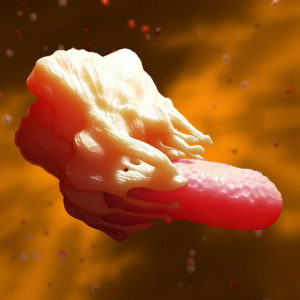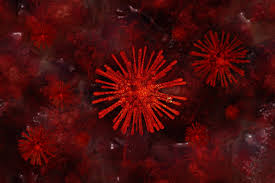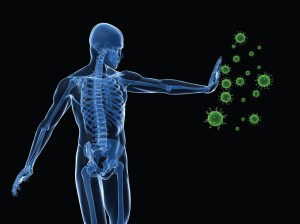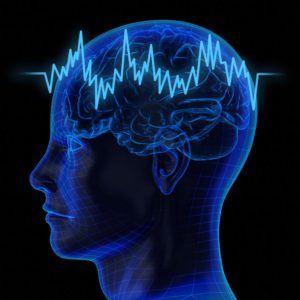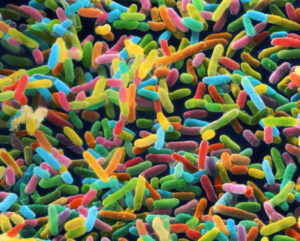Structure of the human spliceosome
Catalyzed by the spliceosome, precursor mRNA splicing proceeds in two steps: branching and exon ligation. Transition from the C (catalytic post-branching spliceosome) to the C* (catalytic pre-exon ligation spliceosome) complex is driven by the adenosine triphosphatase/helicase Prp16. Zhan et al. report the cryo-electron microscopy structure of the human C complex, showing that two step I splicing factors stabilize the active site and link it to Prp16.
Abstract
Splicing by the spliceosome involves branching and exon ligation. The branching reaction leads to the formation of the catalytic step I spliceosome (C complex). Here we report the cryo–electron microscopy structure of the human C complex at an average resolution of 4.1 angstroms. Compared with the Saccharomyces cerevisiae C complex, the human complex contains 11 additional proteins. The step I splicing factors CCDC49 and CCDC94 (Cwc25 and Yju2 in S. cerevisiae, respectively) closely interact with the DEAH-family adenosine triphosphatase/helicase Prp16 and bridge the gap between Prp16 and the active-site RNA elements. These features, together with structural comparison of the human C and C* complexes, provide mechanistic insights into ribonucleoprotein remodeling and allow the proposition of a working mechanism for the C-to-C* transition.


